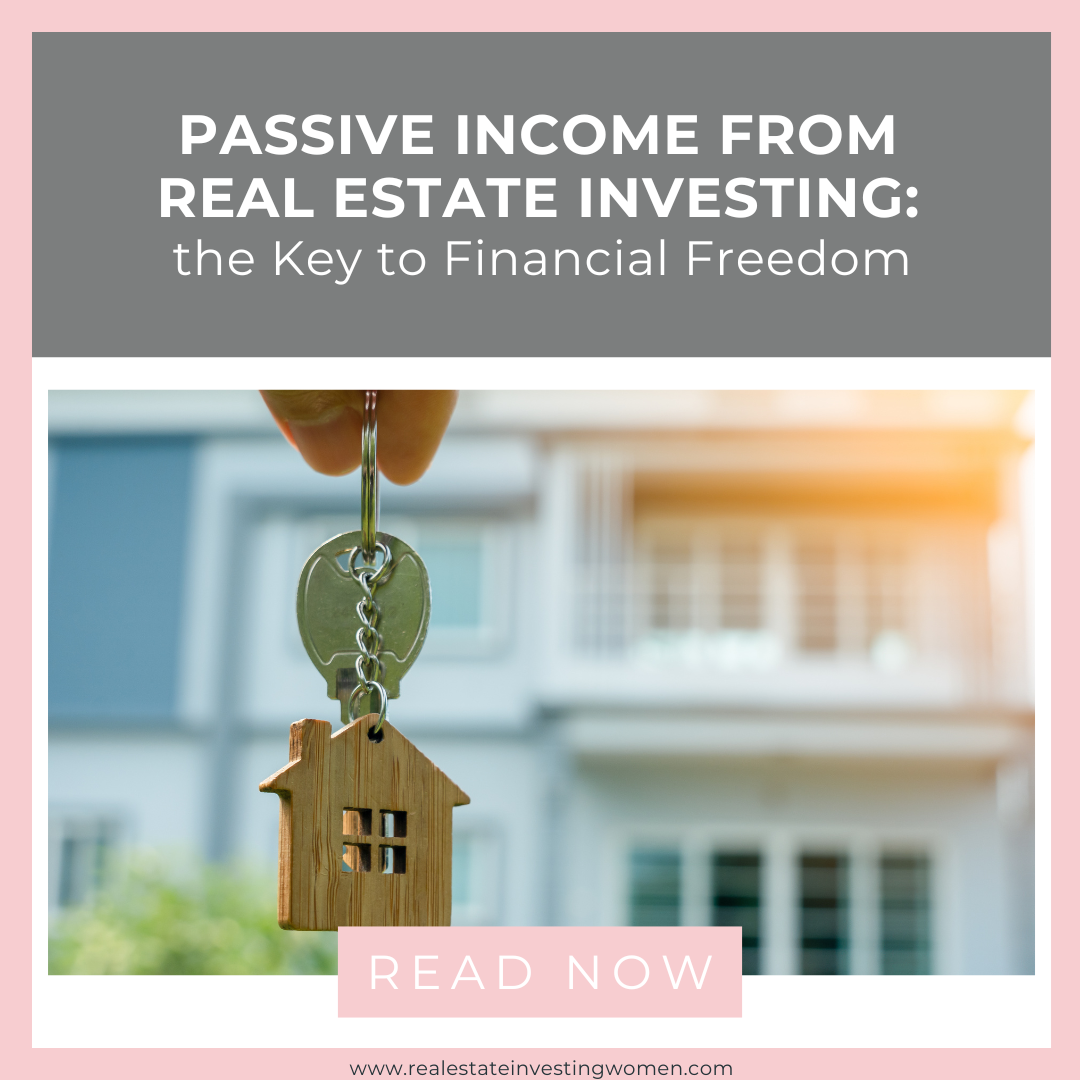When people think about real estate investing, the first thing they think about is accumulating a portfolio of properties and creating generational wealth.
There are several paths within passive income from real estate investing, encompassing short-term investments for immediate gains and long-term ventures for sustained income. Understanding these pathways is crucial for both new and seasoned investors aiming to maximize their portfolios.
Short-Term vs. Long-Term Real Estate Investments
The allure of real estate investing lies in its versatility. Short-term strategies, such as fix-and-flips or wholesale real estate, promise fast returns. These methods, while potentially lucrative, demand a keen market sense (time is of the essence when it comes to fix and flip and wholesaling, since you can’t hold properties and “weather” any market downturns) and the ability to act swiftly. On the flip side, long-term investments, particularly rental properties, offer a steady stream of passive income. This income not only covers the property’s ongoing expenses but also accumulates wealth through property appreciation.
The Essence of Passive Income Through Real Estate
The concept of passive income is similar to planting a seed that grows into a fruit-bearing tree. Rental properties epitomize this idea, providing regular rent payments that, after expenses, translate into profit. This dual benefit of consistent income and property value appreciation positions rental properties as a staple in any real estate investment strategy.
Diving Deeper: Investment Strategies for Every Investor
Short-Term Passive Income Investments Strategies:
- Vacation Rentals: Venturing into the vacation rental market through platforms like Airbnb or Vrbo offers a modern twist to real estate income. Although it might require more active involvement, the potential for high returns, especially in sought-after locations, is significant.
Long-Term Passive Income Investment Strategies:
- Buy and Hold: This classic strategy involves acquiring properties to rent out, securing a continuous cash flow and benefiting from long-term appreciation. It’s a foundation for building a stable and expanding real estate portfolio.
- Commercial Real Estate Investment: Investing in commercial properties, such as offices or retail spaces, often comes with longer lease terms, providing a more extended, secure income stream compared to residential rentals.
- Multi-Family Units: Multi-family properties, like duplexes or apartment buildings, amplify the income-generating potential, offering multiple rent payments from a single investment.
- Real Estate Investment Trusts (REITs): For those looking for a hands-off approach, REITs offer investment in diverse property sectors, providing income through dividends without the need for direct property management.
- Land Investment: The strategic purchase of undeveloped land holds the promise of long-term appreciation. It’s a speculative strategy that pays off when development opportunities arise, or market conditions favor a sale.
Real estate investing, whether through direct property acquisition or indirect methods like REITs, opens a path to financial freedom. By understanding the different investment strategies and aligning them with personal financial goals, investors can unlock the potential of real estate to create a sustainable source of passive income.
In conclusion, whether you’re drawn to the immediate rewards of short-term investments or the stability of long-term income, real estate investing offers something for every type of investor.
 Subscribe to our podcast
Subscribe to our podcast 



